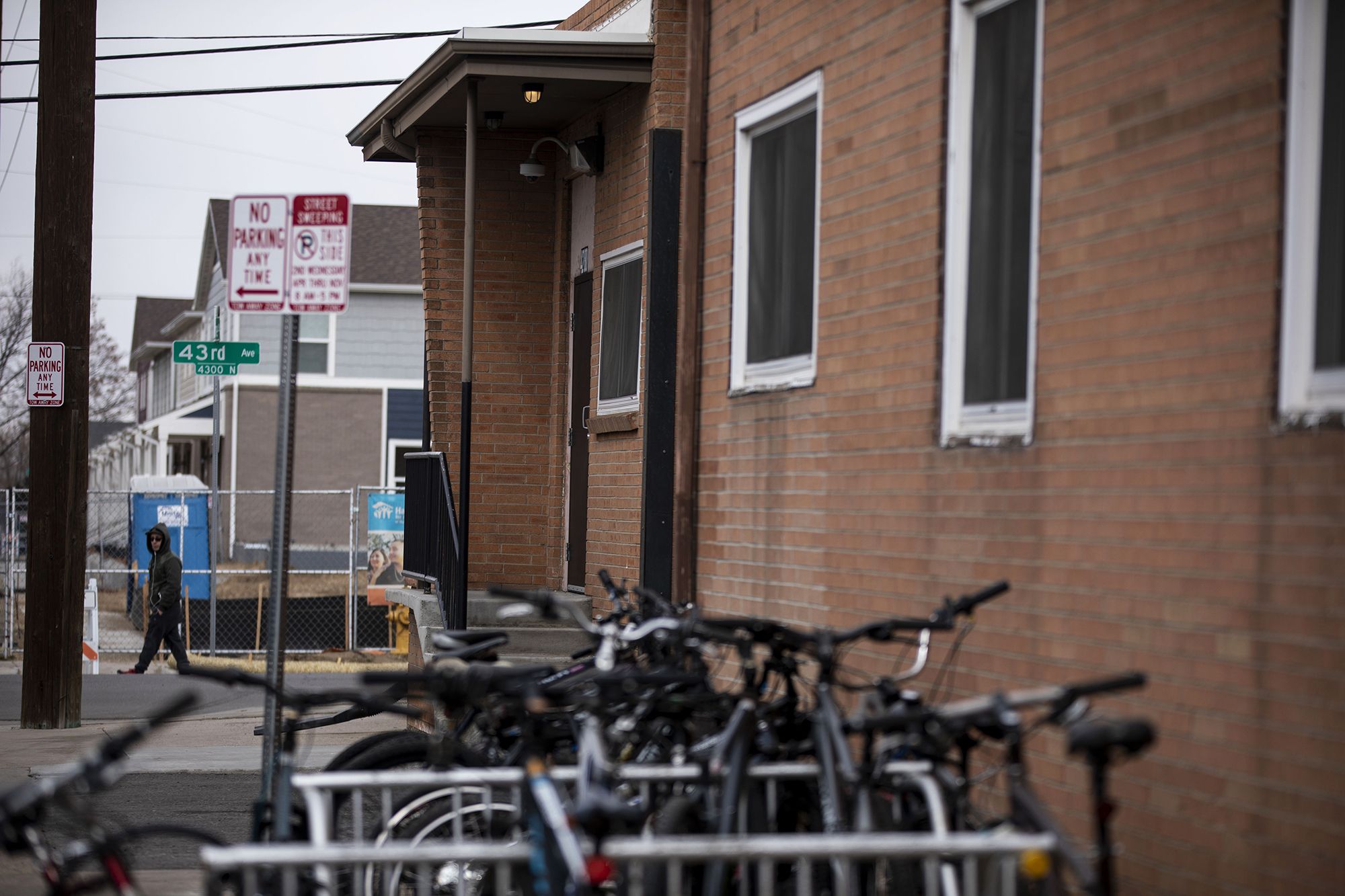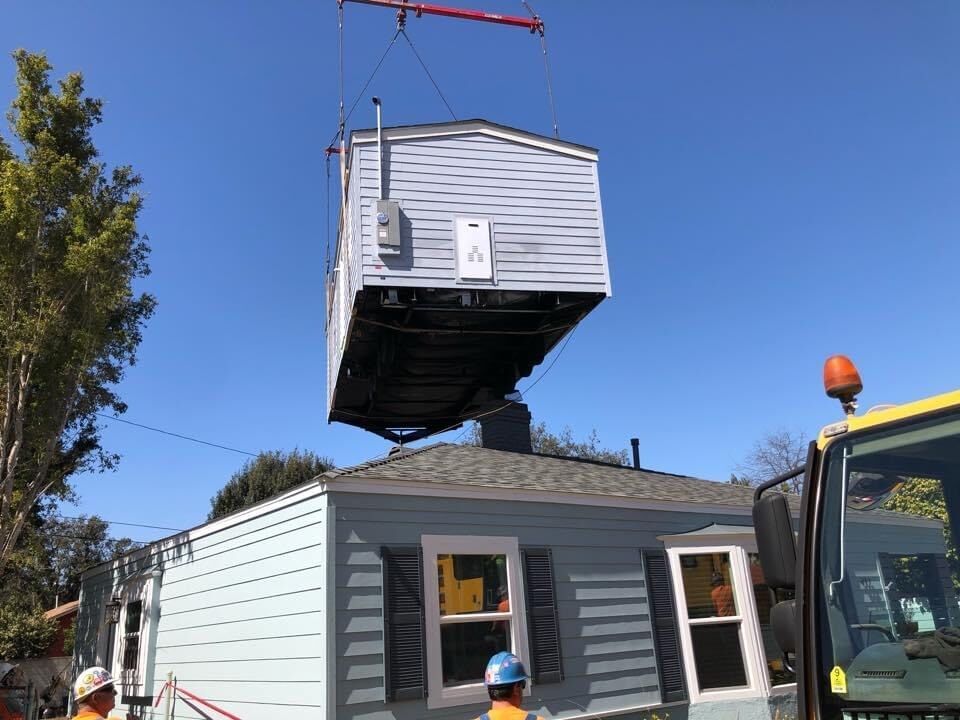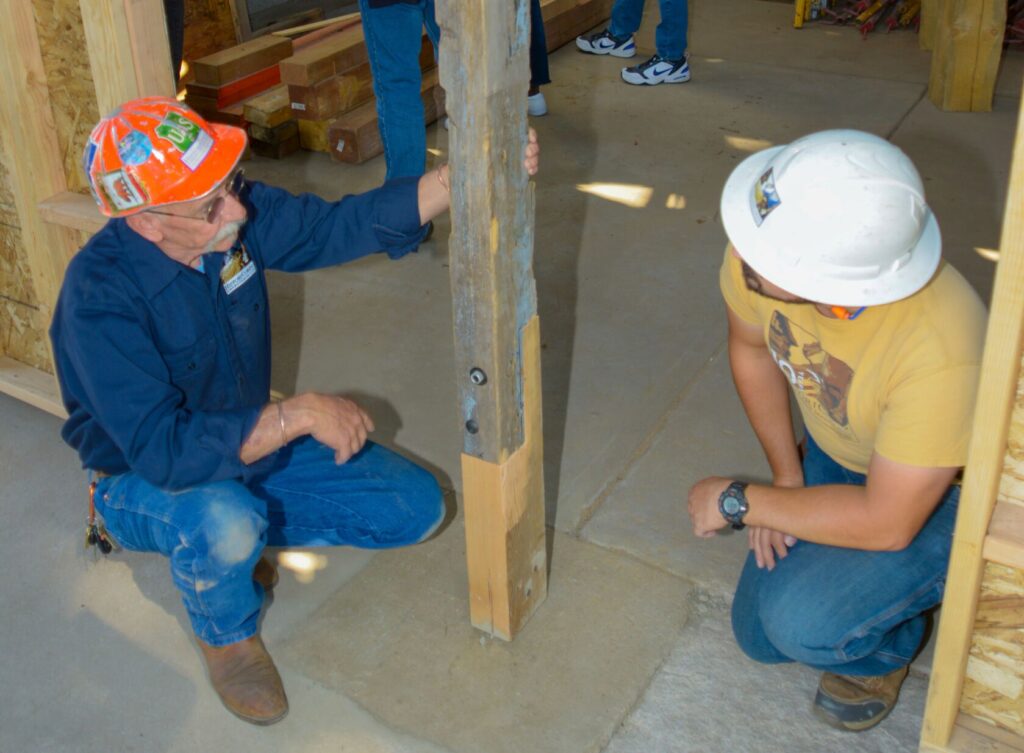Will pilot program ease Colorado developers’ funding application pain?

When a developer wants to build affordable rental housing, plenty of tax credits and funding sources are available from a myriad of nonprofits, private companies and government agencies.
Developers often cobble together financing from multiple sources, as well as add in “gap” funding that covers the difference between the project’s cost and all other financing. A 2021 study said that between 2008 and 2019, 80% of developments layered between four to eight sources of funding, while another almost 9% relied on more than eight.
Every funding source has a separate application process, and that comes with all kinds of risks, not to mention the amount of time it takes to find and fill out every application with its different requirements. They add cost.
The 2021 study cited one developer, who said that, for deals with five or more sources, “you’re getting to probably a couple hundred thousand or so in transactional costs,” while another put the expense of multiple secondary funding sources at perhaps a 10% incremental cost factor.
That ultimately translates into higher rents, industry experts have said.
That’s where a pilot program offering a common application comes in.
The Colorado Department of Local Affairs (DOLA), along with the Colorado Housing and Finance Authority (CHFA), the state Office of Economic Development and International Trade, and Denver’s Department of Housing Stability, earlier this year began discussing ways to reduce costs and time for developers to get their projects off the ground. The goal is to speed up development, given Colorado’s shortfall of 106,000 housing units – both rental and owned – as of 2023.
Known as Housing Hub Colorado, the pilot program, for now deals only with rental housing, although DOLA’s executive director, Maria de Cambra, said it will eventually move into the home ownership development arena, as well.

A poll by the state agency said 75% of participants (developers) had submitted five or more tax credit applications, and 85% said they would want to see a common application process, citing it as their No. 1 priority.
Phase 1, which rolled out on Tuesday, will streamline the Division of Housing’s pre-application process, which will reduce required materials. A common spreadsheet tax credit application is being developed that would be accepted across the participating agencies that award either state tax credits, including from Proposition 123, the federal Low-Income Housing Tax Credit (LIHTC), as well as tax credits from other entities, including the CHFA and the city of Denver.
Eventually, the application will be available to other partners and funding sources throughout the state, officials said.
The common application will be a benefit to the funding partners, too, simplifying the evaluation of tax credits and gap funding, officials said.
Notably, the common application includes the budget for the project.
Currently, each application requires something just a little different – and those budget spreadsheets take hours to complete. Multiply that by five or 10 applications – and the time and cost add up, developers have lamented.
De Cambra said the groups behind the pilot started with the LIHTC program, as it is the most complicated application that developers have to deal with. It’s also the largest subsidy available for affordable housing tax credits.
“If we’re saving money to developers, our hope is that it saves money to Coloradans and that we can actually build faster in our state,” she said.
Katie Colton, who is with the BuildStrong Foundation and who led the research work into the common application, noted that tax credit applications ask similar questions. Many wondered whether those questions could be consolidated, she said.
Both Colorado and the city of Denver have added tax credits over the past several years. That’s great – said Thomas Bryan, CEO of Colorado Housing and Finance Authority (CHFA) – but it also illustrated the problem, as it meant more applications, some of which are very complex.
One developer, for example, had to fill out 17 applications to obtain funding for an affordable housing project, according to Bryan.
“That means it’s too hard to build affordable housing in the state of Colorado and we need to do better,” Bryan said.
The housing authority had already created a housing tax credit application using Excel.
“You had to fill out mostly a bunch of financial information about the feasibility of an affordable housing project. We’d ask for a lot of information” that wasn’t always the same information that DOLA or Denver would ask for, he said.
That CHFA application became the starting point for the common application.
The pilot also sought to solve another problem: Just where does someone find those tax credits?
That led to the development of a website that shows who’s issuing the tax credits and other funding entities, as well as the timelines for applications.
Carl Koelbel, president and CEO of Koelbel & Company, said he is enthusiastic about the common application and what it can do to shorten pre-development time and costs. The company develops affordable housing using financing from the tax credits from CHFA and the state Division of Housing.
“The process they’ve proposed is great – for its one application,” he told Colorado Politics.
The current situation is very cumbersome, he said.
“We’re just getting a huge number of legal fees. Each one of these sources of funds has an attorney that comes with it,” he said, whether developers are seeking funding from the CHFA or the Division of Housing.
Part of the problem is what happens when a change is made in a funding application. Every time someone changes a document within the application process, the permanent lender has to approve that change, as well as obtain approval from all the other secondary sources of funds.
“It spins in a cycle of legal review and all those hours get charged back to the project. In 15 years, we’ve more than doubled the legal spend per project,” Koeblel said.
Koelbel said he hopes the Housing Hub will look at streamlining the next steps – the approval, legal and loan document processes.
He said when he first started in 2010 with tax credit financing, one project had nine sources of capital and the process was very complicated. As the economy got hot, tax credit pricing went up, which can increase the number of funding sources needed, he said.
The single application process should shorten the timeframe, Koelbel said.
“It will cut months out of the process for us as well as staff time,” he said.
A normal timeframe for awarding tax credits and getting the shovel in the ground is about a year now, he said.
“Now, we can shorten that to seven to eight months. That’s a good thing,” he said.

Tyler Elick with Brikwell said that for an affordable housing project in Green Valley Ranch, the company had to submit 13 applications this year.
One application required 31 different documents that all have to tie in together, such as environmental studies, market studies, financing workbooks. Some of that documentation can run more than 500 pages.
“Being able to do that once, instead of multiple times, is an advantage to our team’s ability to complete the deal with confidence and quality. Freeing up that time means I can work on more projects,” Elick said.
The common application – and the process for developing it – promote continuity of information, he said, adding another plus is the ability of all the parties in the affordable housing system to provide their input.
Elick said the common application also provides much-needed certainty.
An affordable housing developer can risk up to $800,000 to $1.4 million in deposits, design and permitting efforts in a year, he said.
“Knowing there’s a clear path forward with all sources of funding aligned and in support is a huge opportunity,” he said. “It gives developers confidence to pursue their vision to deliver these much needed assets in a community.”













